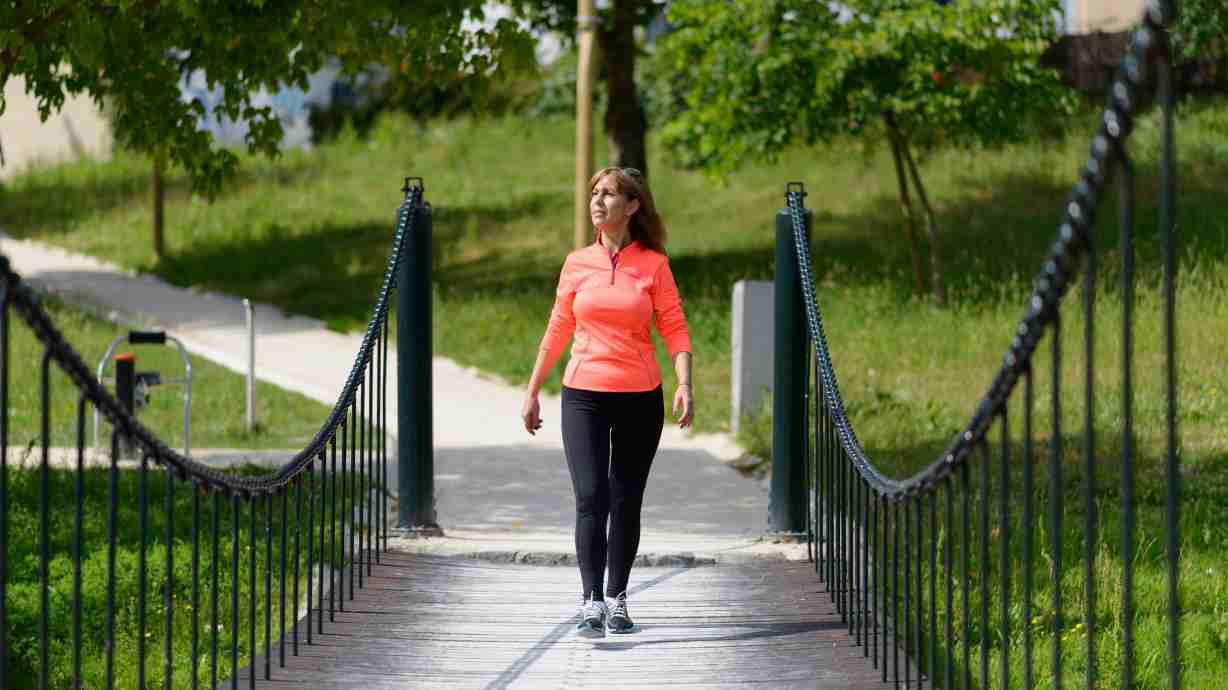
Walking could lower your risk of type 2 diabetes, and your speed may affect how much, study finds
A recent study indicated that walking speed is just as important as walking quantity when it comes to type 2 diabetes risk.
A research released on Tuesday in the British Journal of Sports Medicine found that walking at a brisk pace can reduce the risk of type 2 diabetes by over 40% in the long run.
Dr. Ahmad Jayedi is the study’s lead author and research assistant at the Social Determinants of Health Research Center at the Semnan University of Medical Sciences in Iran. he said, “Previous studies have indicated that frequent walking was associated with a lower risk of developing type 2 diabetes in the general population, in a way that those with more time spent walking per day were at a lower risk.”

However, the researchers noted that there is a dearth of thorough assessments of the data and that previous studies haven’t provided much information on the ideal regular walking pace required to reduce the risk of diabetes.
The authors of the study examined ten other studies that were carried out between 1999 and 2022 and evaluated the relationships between walking speed—assessed by timed, objective tests or participant-submitted subjective reportsand the onset of type 2 diabetes in adult Americans, British and Japanese participants.
The researchers discovered that those who walked at an average or normal speed had a 15% decreased chance of acquiring type 2 diabetes after an average follow-up time of eight years, compared with easy or casual walking. A 24% decreased risk was associated with walking at a “fairly brisk” speed compared to leisurely or easy walking. And the largest advantage was “brisk/striding walking, which reduced risk by 39%.”
Easy or casual walking was defined as less than 2 miles (3.2 kilometers) per hour. Average or normal pace was defined as 2 to 3 miles (3.2 to 4.8 kilometers) per hour. A “fairly brisk” pace was 3 to 4 miles (4.8 to 6.4 kilometers) per hour. And “brisk/striding walking” was more than 4 (6.4 kilometers) per hour. Each kilometer increase in walking speed above briskwas associated with a 9% lower risk of developing the disease.
The American Diabetes Association’s chief scientific and medical officer, Dr. Robert Gabbay wrote in an email that while it is not surprising that quicker walking would be more advantageousand he found it intriguing that the researchers were able to quantify walking pace and include it in their study. Gabbay did not participate in the research.
Dr. Carmen Cuthbertson, an associate professor of health education and promotion at East Carolina University who was not involved in the study, stated via email that the data supports the notion that “intensity is important for diabetes prevention.” “Physical exercise may be beneficial to health in any amount, but it seems that higher intensity activities, such brisk walking are necessary for diabetes prevention to reap the biggest benefits.”

